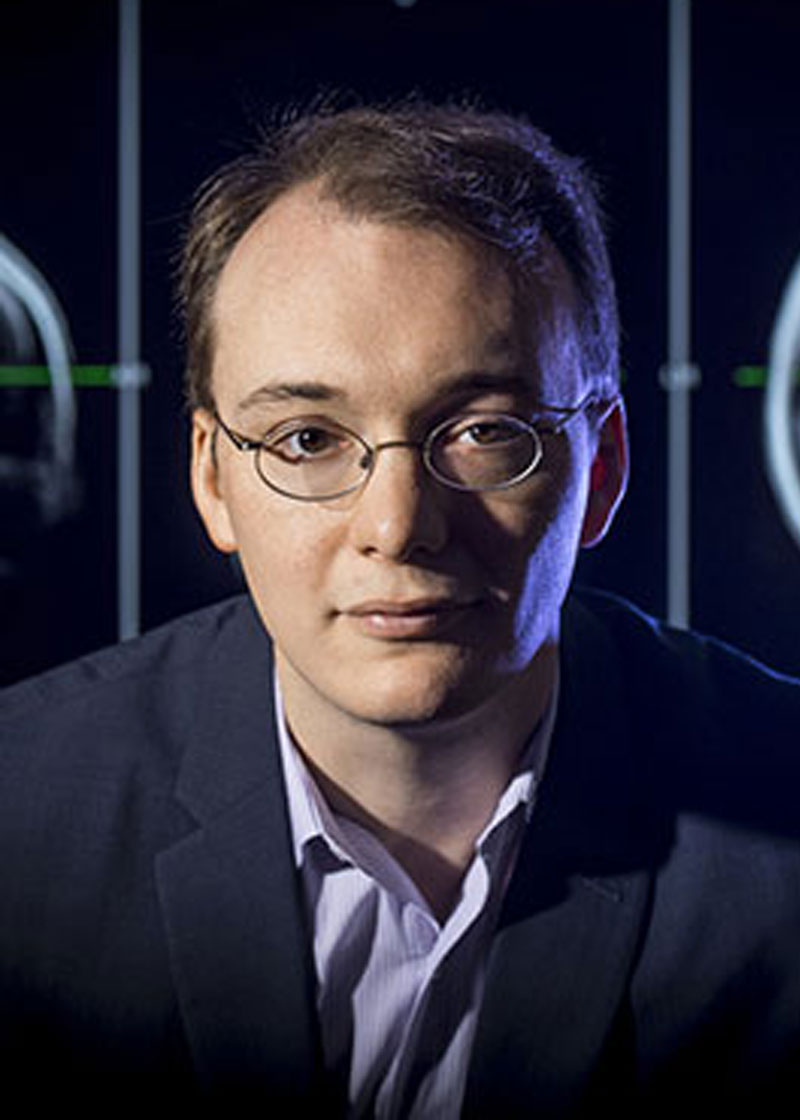Professor
CH 233
(205) 975-5907
Research Interests: Neuroinflammation, pain, anesthesiology, rheumatology
Office Hours: By appointment
Education:
- B.A., Maryville College, Psychology
- Ph.D., University of Tennessee, Experimental Health Psychology
- Postdoc, Arizona State University, Pain Psychology
- Postdoc, Stanford University, Pain Neuropharmacology
Research
Dr. Younger is the director of the Neuro-inflammation, Pain and Fatigue Laboratory and is also a member of the UAB PAIN Collective.
Jarred Younger completed postdoctoral fellowships at Arizona State University and the Stanford University School of Medicine before taking an Assistant Professor position at Stanford.
He joined the UAB faculty in Psychology with secondary appointments in Anesthesiology and Rheumatology. He is currently funded by the National Institutes of Health and the Department of Defense to study new techniques for diagnosing and treating neuroinflammation.
-
Research Interests
The Neuroinflammation, Pain and Fatigue Laboratory uses neuroimaging, pharmaceutical, and immunological techniques to understand and treat chronic diseases. We believe that low-level inflammation of the brain drives pain, fatigue, depression, and cognitive decline in millions of people. Low-level inflammation may also drive memory problems and fatigability as people age. We also investigate the impact that addictive drugs (such as opioid pain medications) have on the human brain. We use magnetic resonance imaging (MRI), pharmacologic MRI (phfMRI), diffusion tensor imaging (DTI), and magnetic resonance spectroscopy (MRS) neuroimaging techniques.
-
Select Publications
- Younger, J., Parkitny, L., McLain, D. (2014). The use of low dose naltrexone (LDN) as a novel anti-inflammatory treatment for chronic pain. Clinical Rheumatology, 33(4), 451-59.
- Hah, J., Mackey, S., Barelka, P., Wang, C., Wang, B., Gillespie, M., McCue, R., Younger, J., Trafton, J., Humphreys, K., Goodman, S., Dirbas, F., Schmidt, P., Carroll, I. (2014). Self-loathing aspects of depression reduce postoperative opioid cessation rate. Pain Medicine, 15(6), 954-64.
- Nilakantan, A., Younger, J., Arthur, A., Mackey, S. (2014). Preoccupation in an early-romantic relationship predicts experimental pain relief. Pain Medicine, 15(6), 947-53.
- Stringer, E., Baker, K., Carroll, I., Montoya, J., Maecker, H., Younger J. (2013). Daily cytokine fluctuations, driven by leptin, are associated with fatigue severity in chronic fatigue syndrome: Evidence of inflammatory pathology," Journal of Translational Medicine 11, 93.
- Barad, M., Ueno, T., Younger, J., Chatterjee, N., Mackey, S. (2014). Chronic regional pain syndrome is associated with structural abnormalities in pain-related regions of the human brain. Journal of Pain, 15(2), 197-203.
- Martin, L., Borckardt, J., Reeves, S., Frohman, H., Beam, W., Nahas, Z., Johnson, K., Younger, J. et al. (2013). A pilot functional MRI study of the effects of prefrontal rTMS on pain perception. Pain Medicine, 14(7), 999-1009.
